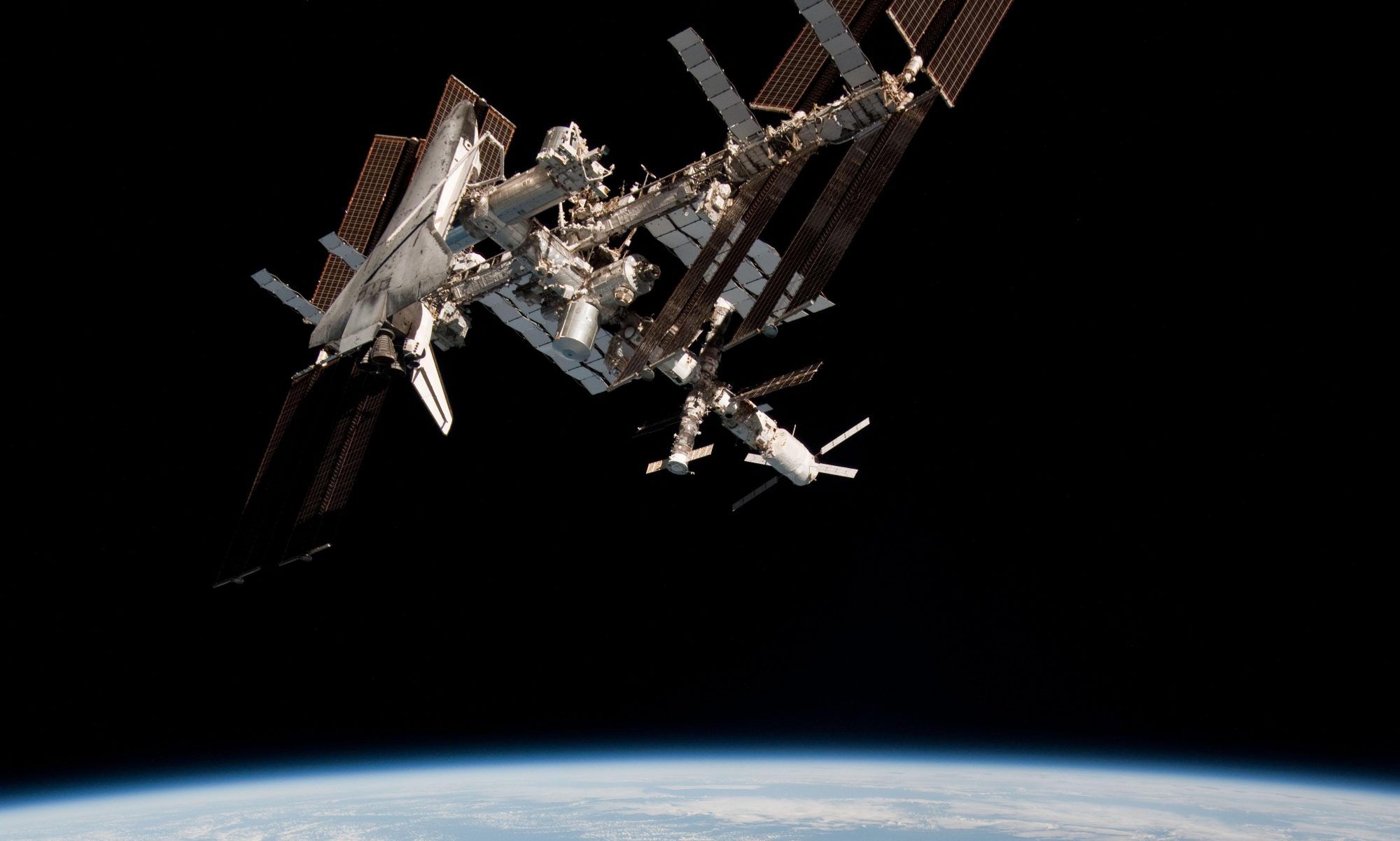We will not be open during late December or early January. Please check in mid-January!
Friday, December 12
The observatory is currently closed for repairs – we expect to be open once more by mid-January. Thank you for your understanding.
Friday, December 5
We will not be having our open house this evening due to clouds and snowy conditions. Be sure to check back for next week!
Friday, November 28
We will not be open on Friday, November 28. Please check next week.
Friday, November 21
We will not be having our open house on Friday, Nov 21 due to cloud coverage.
Friday, November 14
Due to cloud coverage, we will be closed on the evening of Friday, Nov 14th. Please check back next week for our next open house!
Friday, November 7
We will not be having our open house this evening due to clouds and rain. Please check back for next Friday’s open house!
Friday, October 31
We’ll be open from 7-9pm this evening for the open house! While our dome is currently inoperable, we will be observing the Comet Lemmon and Saturn with our roof deck telescopes!
Friday, October 24
We are open from 7-9pm tonight for the open house! Our roof deck will be observing Comet Lemmon and Saturn while our primary dome is closed for repairs.
Friday, October 17
We are open this evening, Oct 17, for observing from 7:30-9:30pm!
